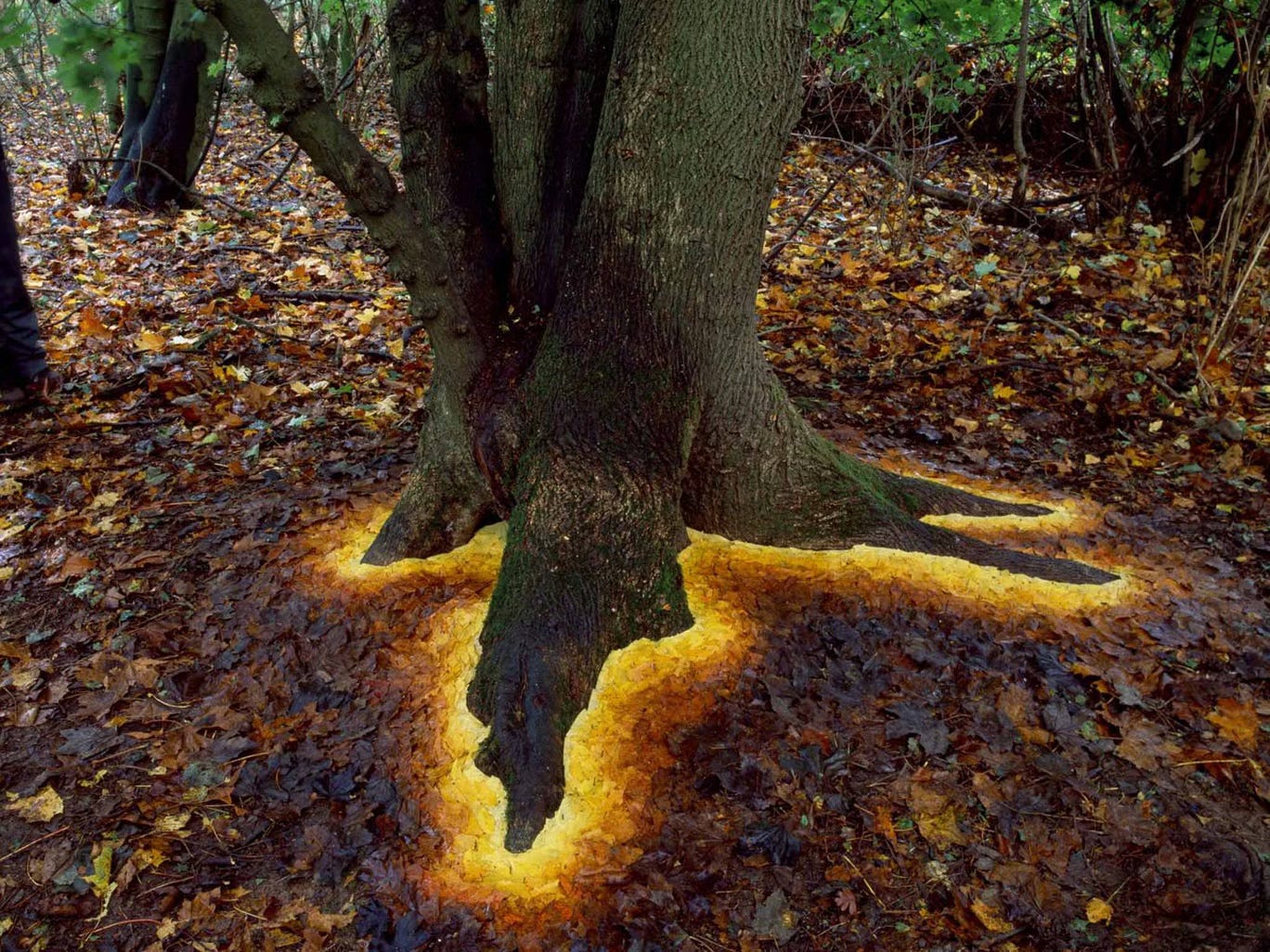This week’s Design Lobster is but fleeting. We’re asking what an ephemeral user interface might look like and admiring the transient natural sculptures of Andy Goldsworthy. Get this issue while it lasts! 🍂
Question: What is an ephemeral user interface?
If you’ve played with ChatGPT, you might have found that the novelty of conversing with a machine wearing off, as the limitations of presenting and interacting with information solely through text-based chat become increasingly apparent.
Some technologists are exploring how we could enrich this kind of experience by enabling the AI to conjure up interactive interfaces on demand within the message thread. This would allow information to be presented and explored in much more diverse ways, using buttons and controls that could be highly personalised to the conversation.
In the video below, you can see a crude demo of what this might feel like, with us able to request the interface we need to explore the information that we care about. One could imagine this going even further, with the machine creating an interface (or even an entire app) just based on what it understands of our intent.
Such a world of transient and disposable software tools, bubbling in and out of existence as we converse, presents a long list of challenging design questions. How can we ensure the quality and accessibility of these ephemeral interfaces, when we aren’t creating them directly ourselves? And how do we guard against potential bias in the kinds of interface that get presented to different groups?
Design takeaway: What parts of your design do you wish could disappear after use?
🤖 In Design Lobster #113 we explored the implications of AI tools for designers
Enjoying Design Lobster? Share it with a friend, colleague or fellow designer 🤲🦞
Object: Ephemeral works

I was introduced to the work of Andy Goldsworthy last year by some friends who took me tramping through North Yorkshire to see several site-specific works he’d made there. I spent the evening afterwards absorbed in several books that documented his earlier works, much of which is created from organic materials like leaves, sticks or even ice and not intended to last long beyond the moment of its creation.
In works like the one pictured above, Andy takes natural materials and arranges them by colour, size and texture to create a new artificial composition. There is something slightly surreal about the result, as if we are witnessing some spontaneous and inexplicable natural phenomenon. Familiar and ordinary things like leaf litter are turned into crisp-edged circles, halos or fissures – the commonplace worked into something symbolic.
“..the ephemeral work, it's very much an intuitive journey that starts with the day and the weather and depending on what's happening. So it's a response to that day and what is seasonally or climatically around at the time.”
—Andy Goldsworthy in an interview here with NPR
What Andy creates is very much sculpture and not design, and yet the way he talks about these ephemeral works has lessons for a designer too, I believe. When designing, we must absorb lessons from a typically messy context and transform it into something unexpectedly clear, useful or beautiful. That ability to transfigure is what’s so exciting about design.
Design takeaway: How does your design transform its context?
Quote: “Think of your life as a rainbow arcing across the horizon of this world. You appear, have a chance to blaze in the sky, then you disappear.”
– Steve Jobs
I read this quote in the excellent Steve Jobs memoir Make Something Wonderful that was released earlier this year. Ultimately, we are all ephemeral, and as such must reckon with how to make the most of the limited time that we have. Whatever you’re designing today, make it count.
Have a great week,
Ben 🦞
And lastly, a design remix…
Enjoyed this week’s Design Lobster? Let me know by clicking the heart button ❤️
👇





